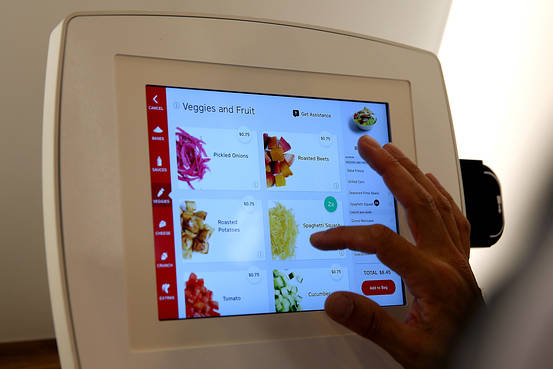
Foreign Countries Freeload on U.S. Drug Research and Drive Up Costs for American Consumers
Because foreign countries can import new U.S. drugs and price them however they see fit, many have largely checked out of the innovation business themselves. The U.S. produced 57% of the world’s new medicines between 2001 and 2010, up from less than a third in the 1970s, the Milken Institute reported in 2011.
The bottom line is that foreign countries freeload off American medical innovation, enjoying the fruits of U.S. ingenuity while forcing American consumers to shoulder a disproportionate share of the burden of funding research – effectively causing the American consumer to subsidize the pharmaceutical needs of foreign consumers.
President Trump says American companies have been getting “systematically ripped off” by foreign governments and firms. He’s right. Yet he has backed a proposal that would make the problem even worse—permitting Americans to buy prescription drugs from overseas retailers, a practice known as importation. This policy wouldn’t help American consumers much, but it would gut American pharmaceutical companies.
Importation would threaten the research-and-development efforts that yield new lifesaving drugs. Our strong intellectual-property laws, coupled with a comparatively free-market pricing system, encourage firms to research new treatments. Companies wouldn’t take on the enormous cost of developing a new drug without a solid chance of recouping their investment. On average, a new medicine takes 10 years and costs $2.6 billion to develop, according to the Tufts Center for the Study of Drug Development.
The problem is that rather than promote innovation, many other countries impose price controls on prescription drugs—including new medicines invented in the United States—to make them artificially cheaper for consumers. If American companies refuse to sell their medicines at these steeply discounted dictated prices, foreign countries threaten to break their patents and produce knockoff versions of the medicines.
For decades, federal officials have largely ignored these threats and left American research companies to fend for themselves. U.S. companies gave in to the bullying—quite understandably. Since they already spent the money to develop the drug, they figured it’s better to make some extra sales abroad, even if those sales are at a discount and they can rely on the American consumer for the majority of their per dose profit.
Foreign price controls succeed because they are carried on the back of the American consumer. The American consumer subsidizes the cost of foreign pharmaceutical costs making US healthcare costs higher while lowering the healthcare costs of foreign consumers.
The Bipartisan Congressional Trade Priorities and Accountability Act of 2015 requires the federal government to negotiate trade deals that “achieve the elimination of government measures such as price controls and reference pricing which deny full market access for United States products.” Mr. Trump might actually have the negotiating skills to turn that goal into reality.
If Mr. Trump wants to “bend the cost curve of healthcare” as Mr. Obama promised (and failed) then ending the subsidy of foreign consumers should be high on his list.
Source: How Other Countries Freeload on U.S. Drug Research – WSJ

